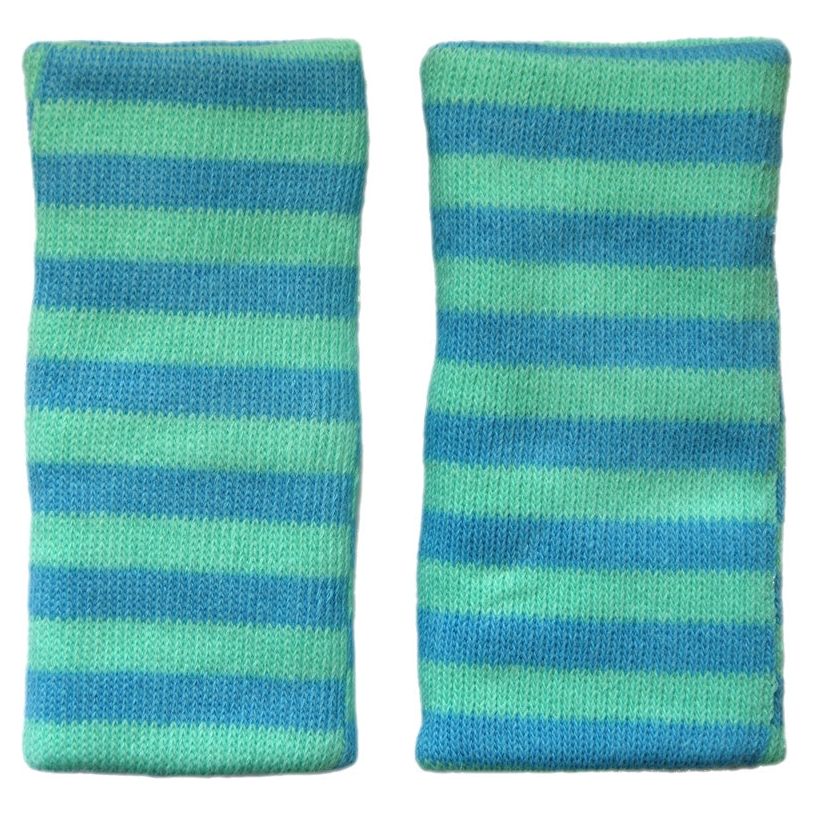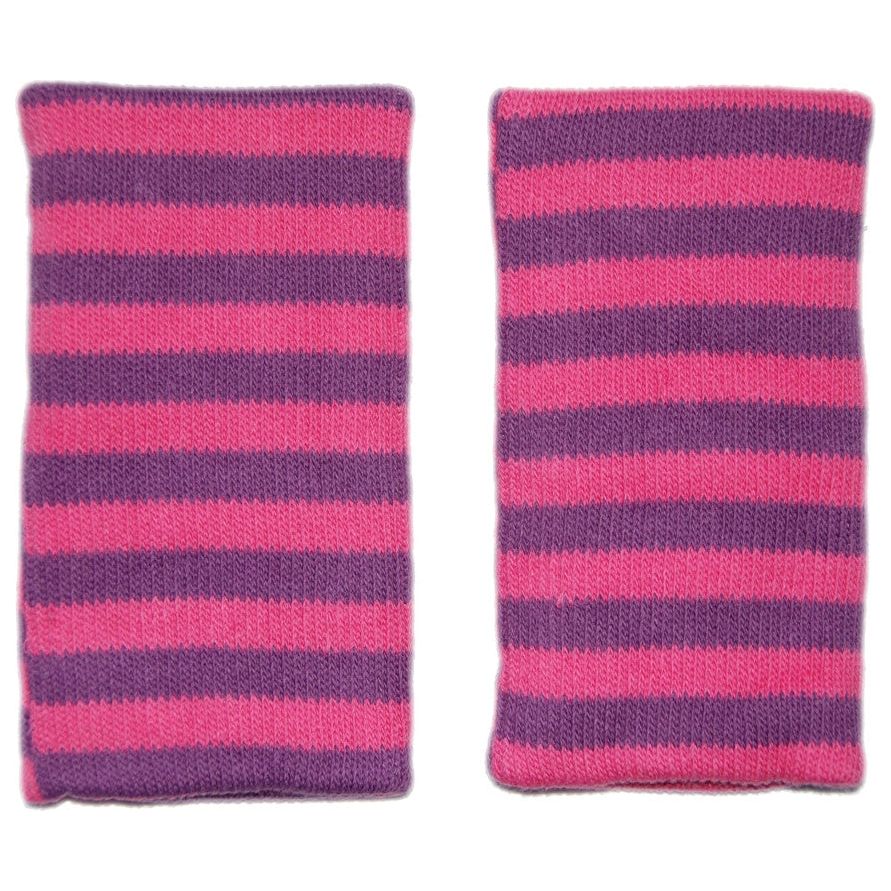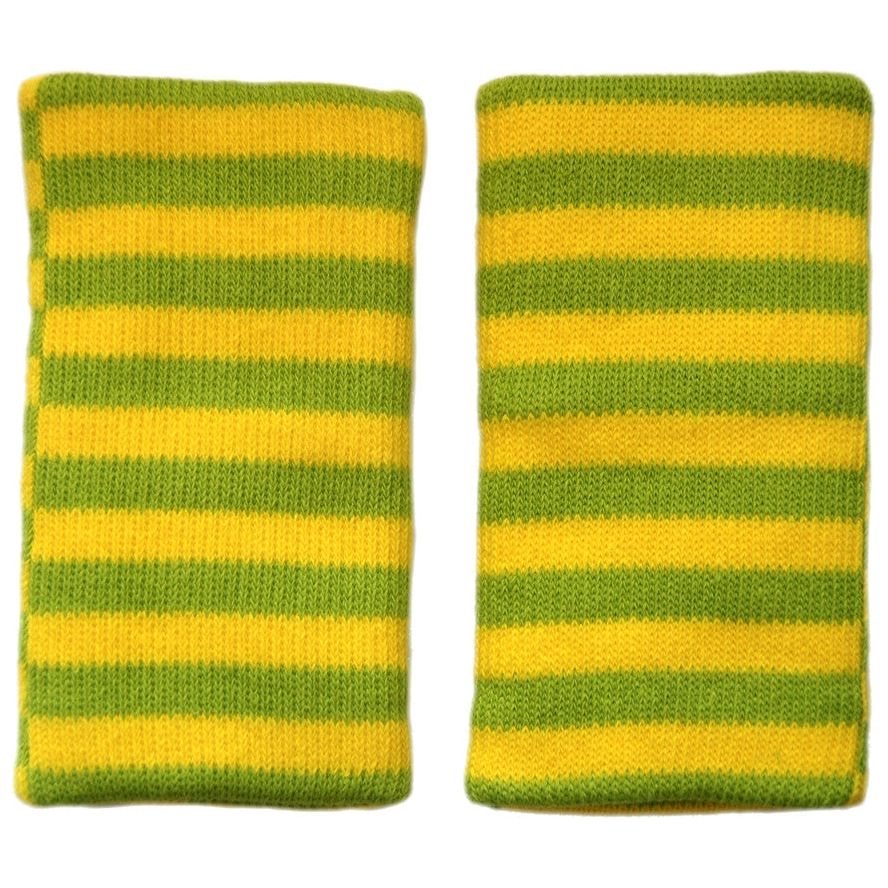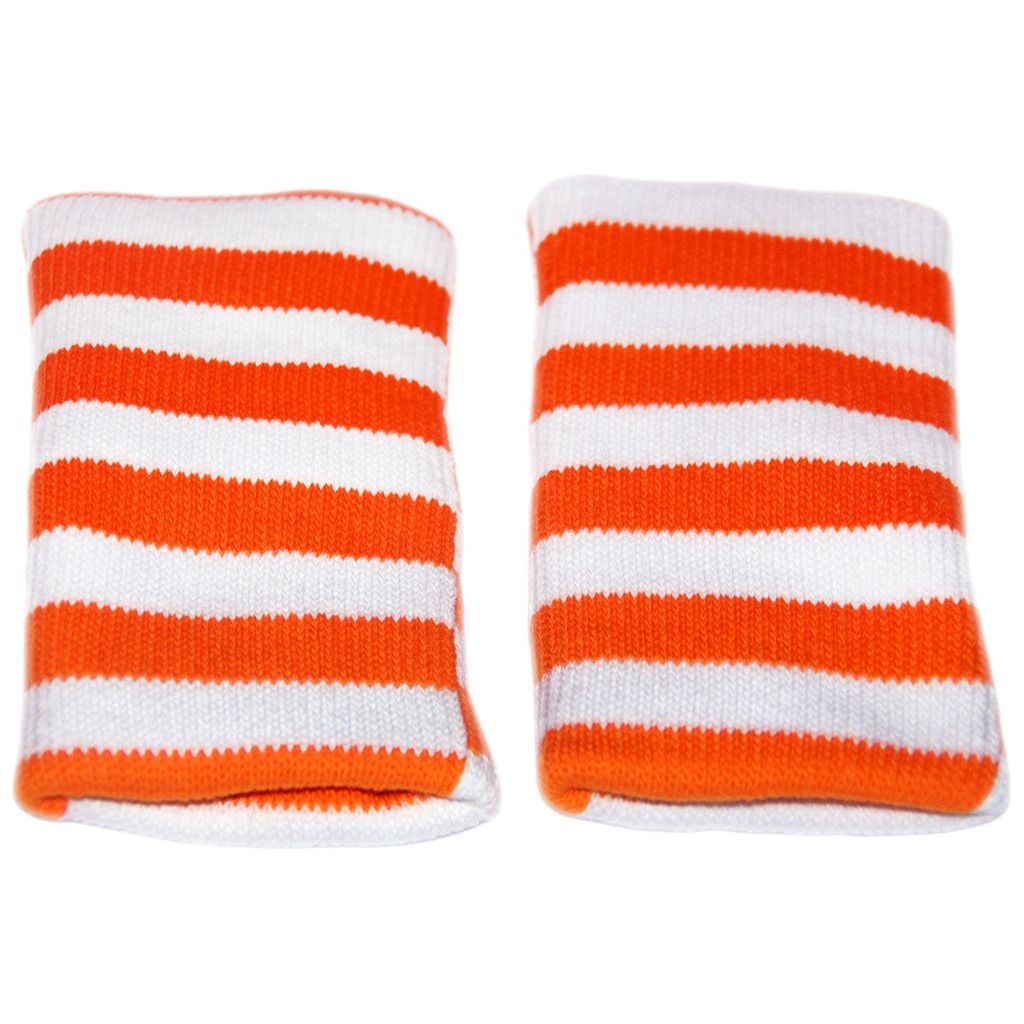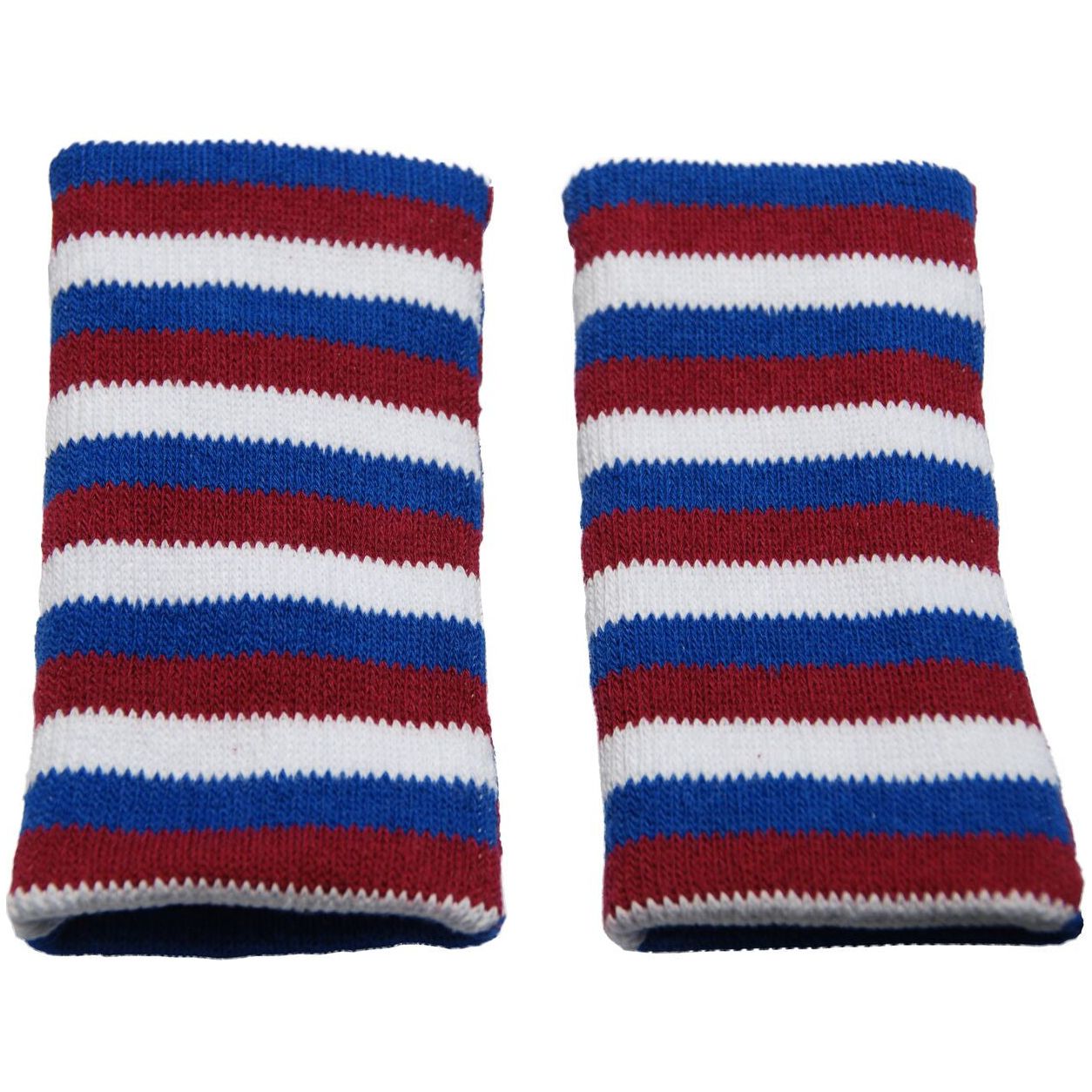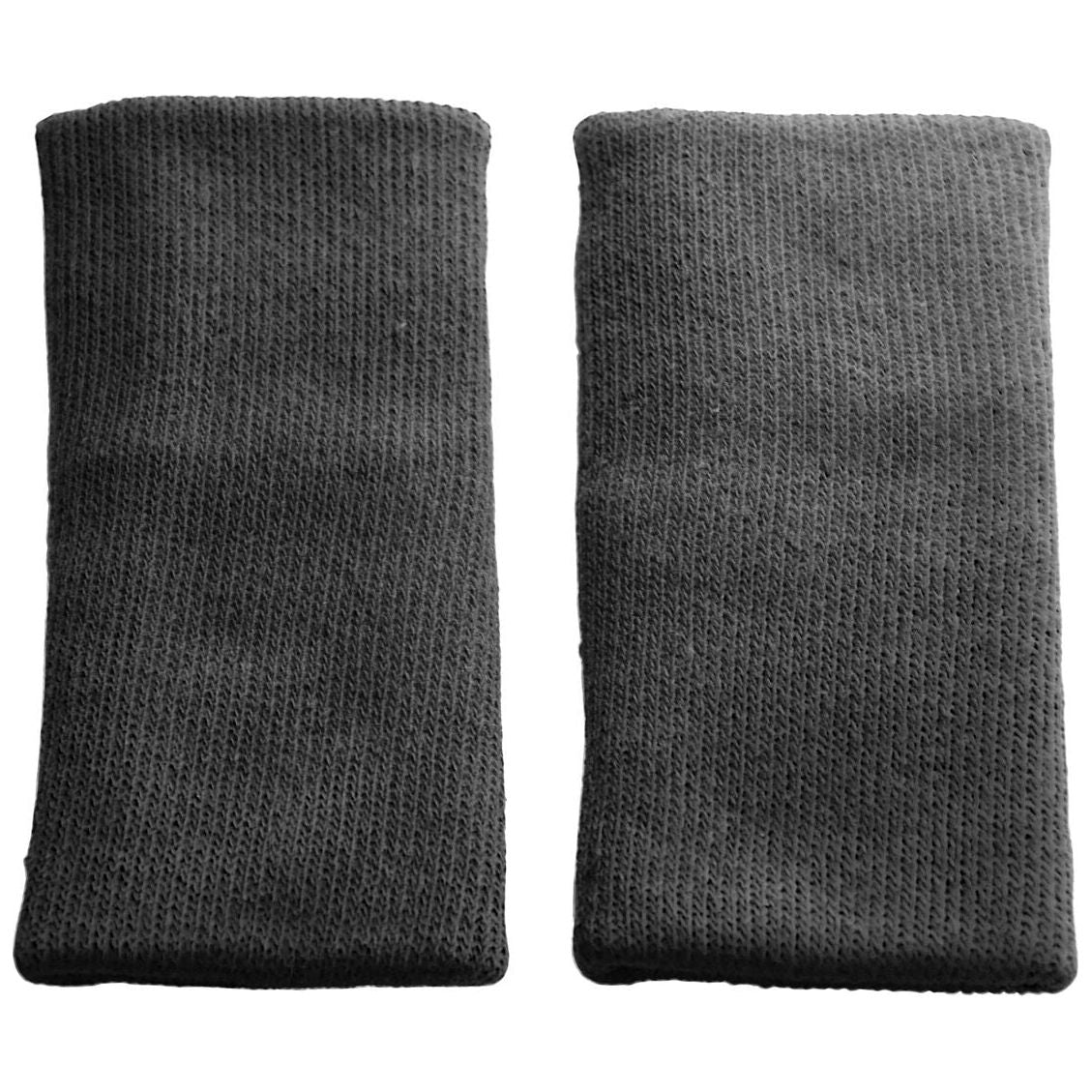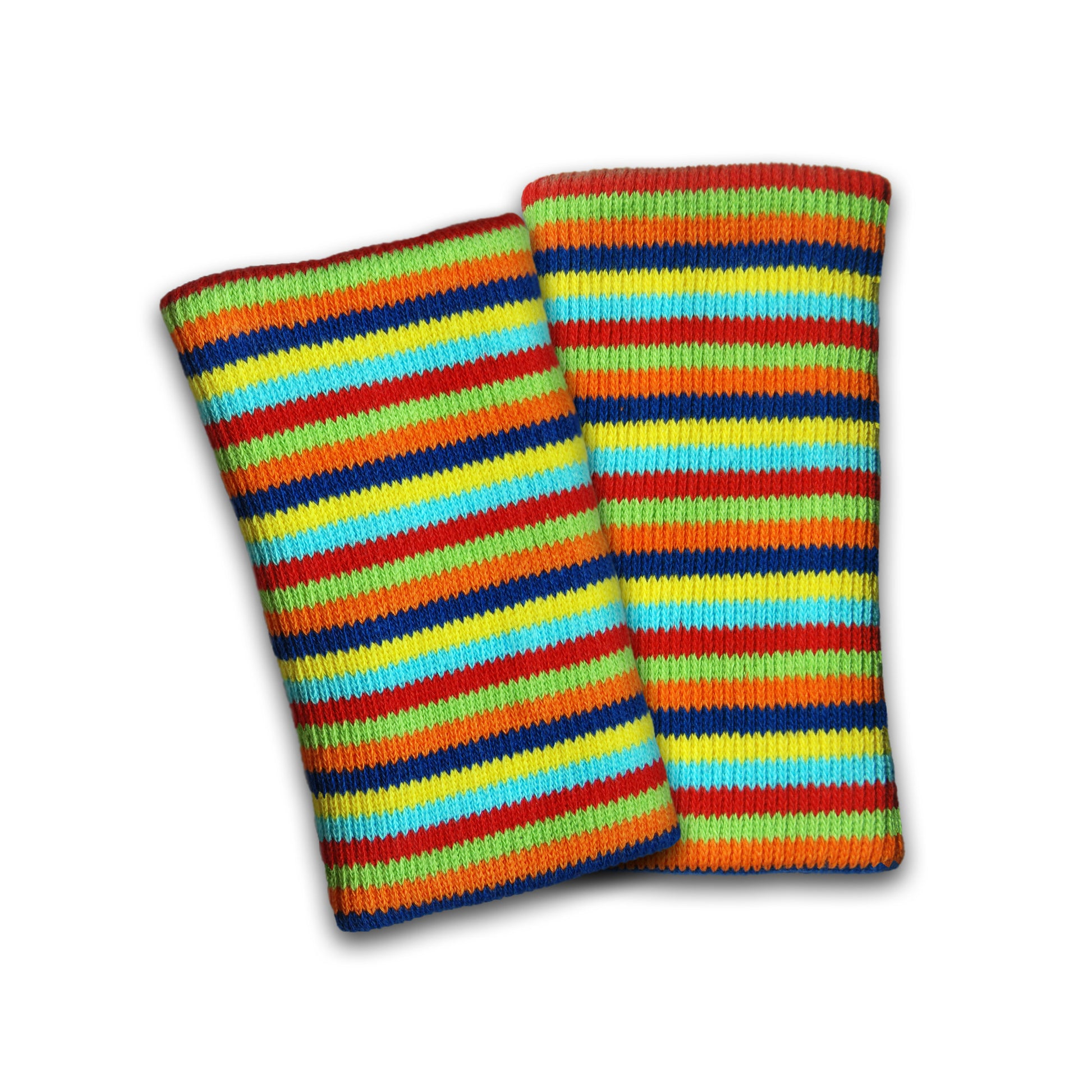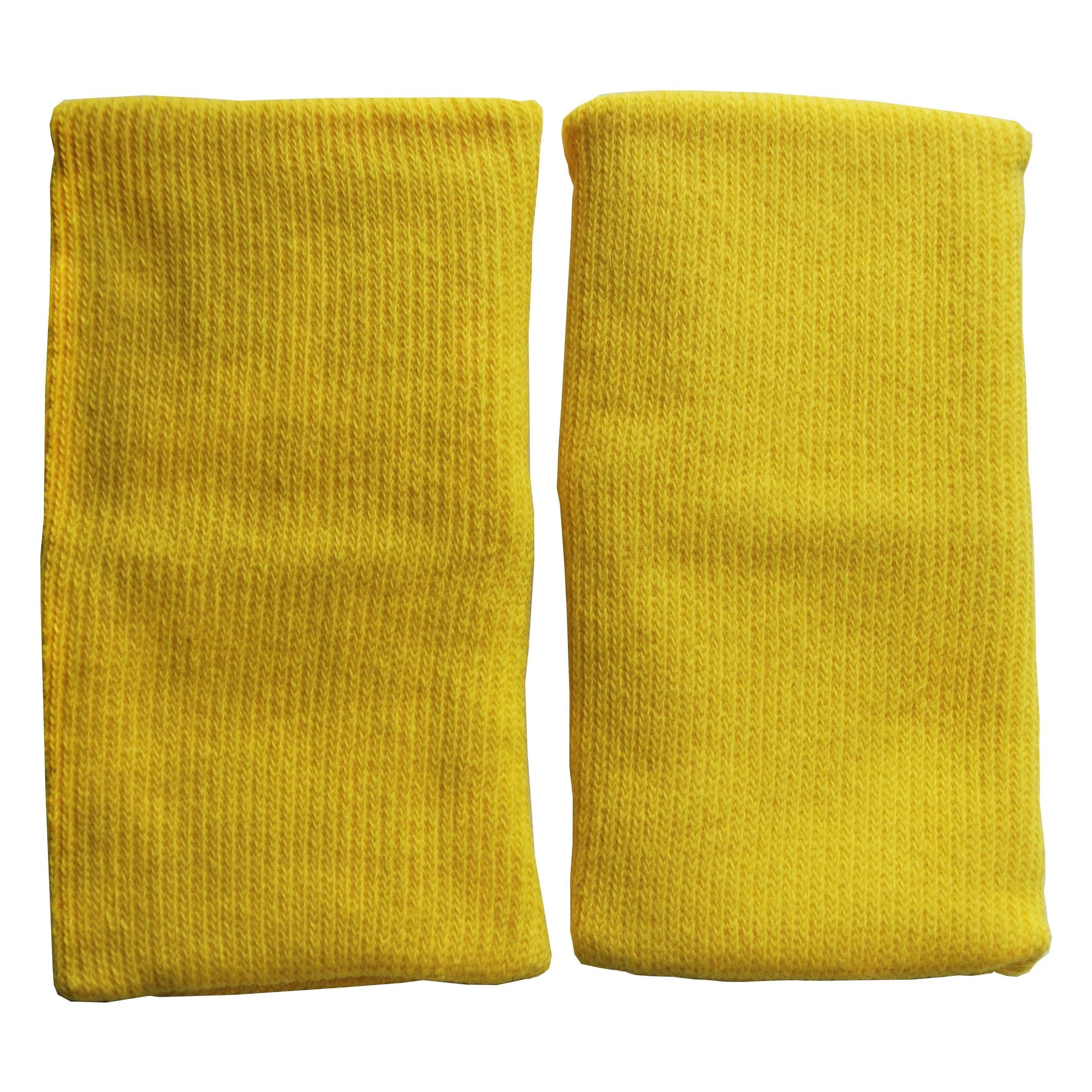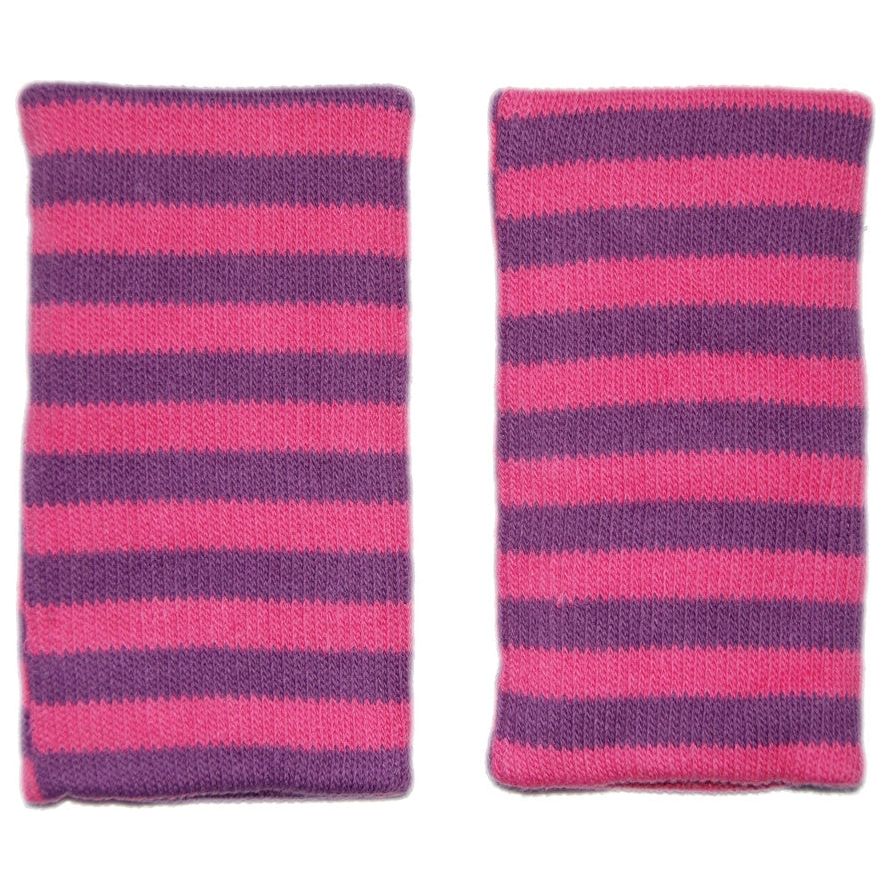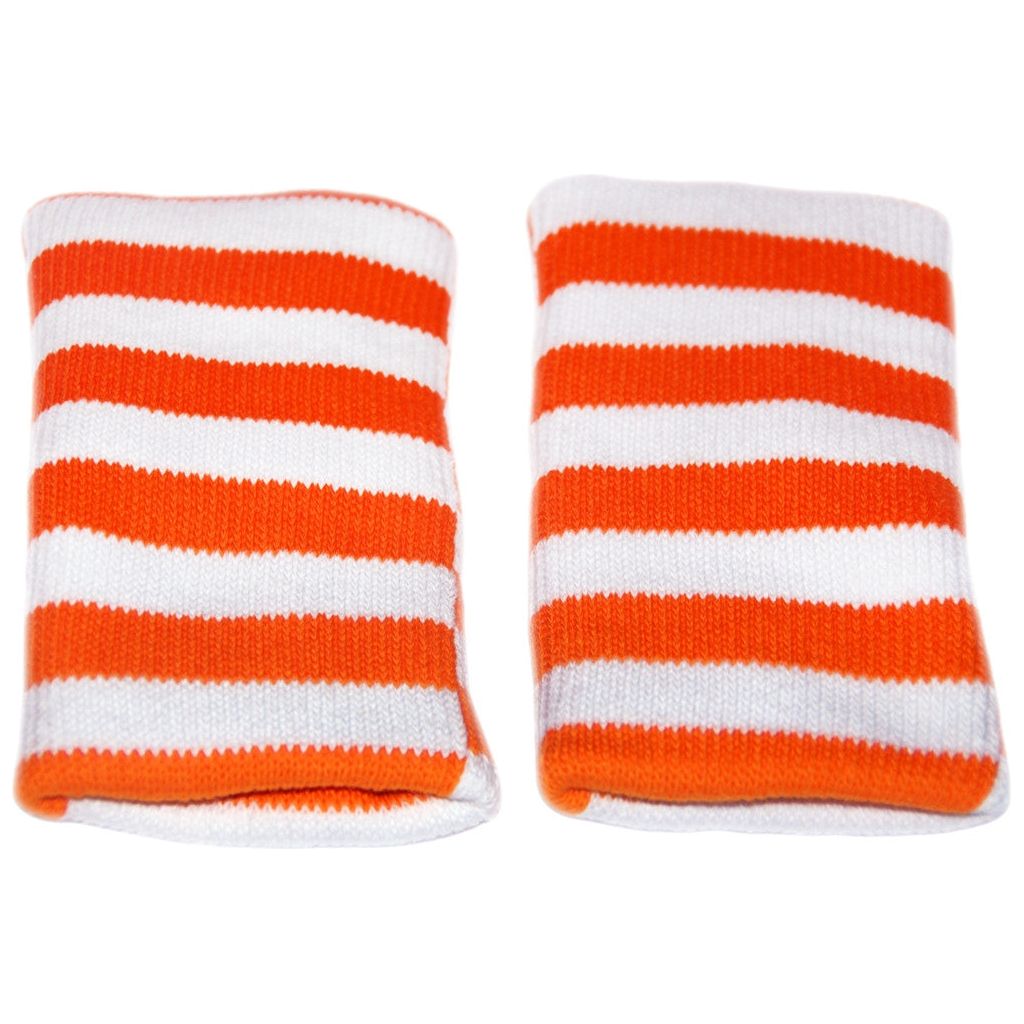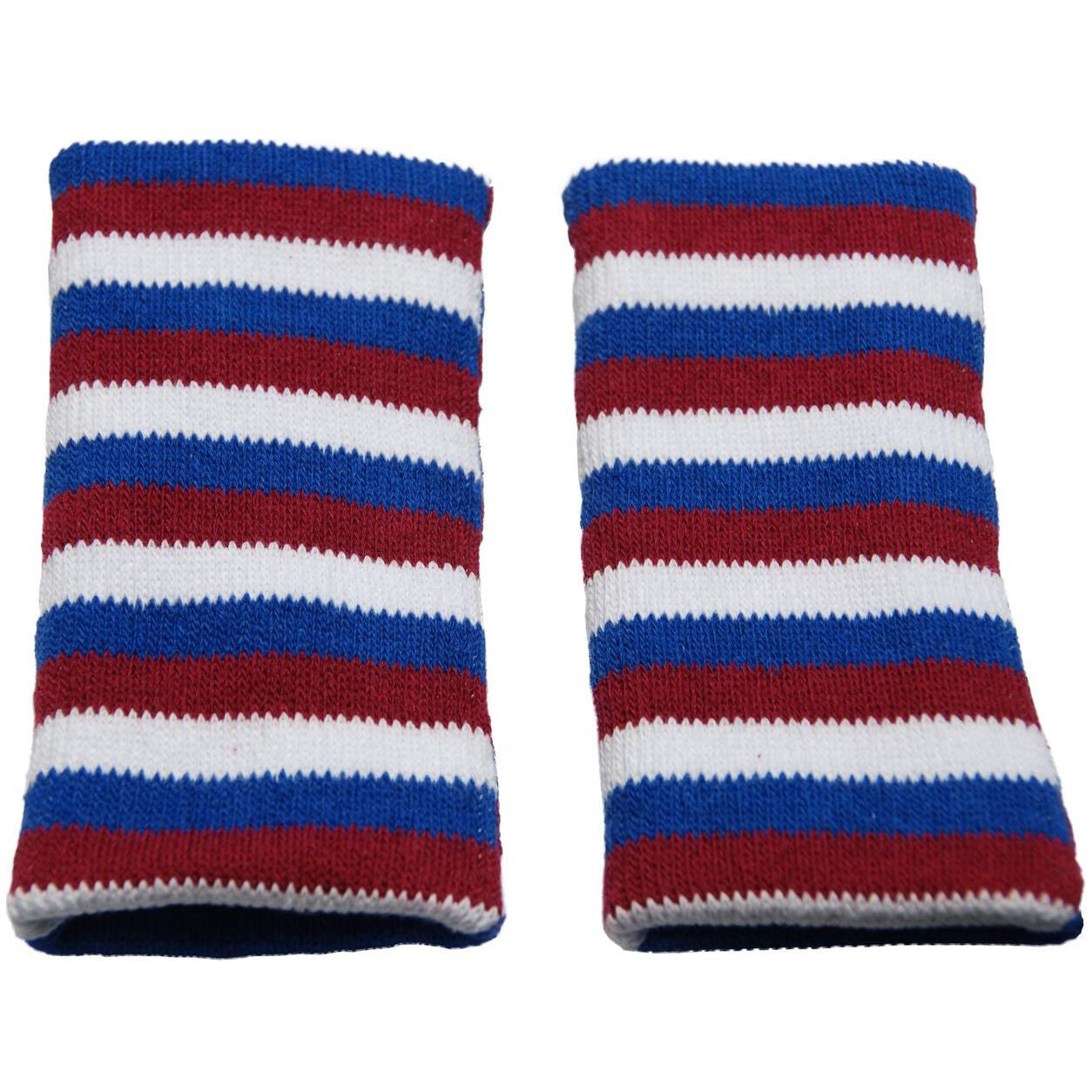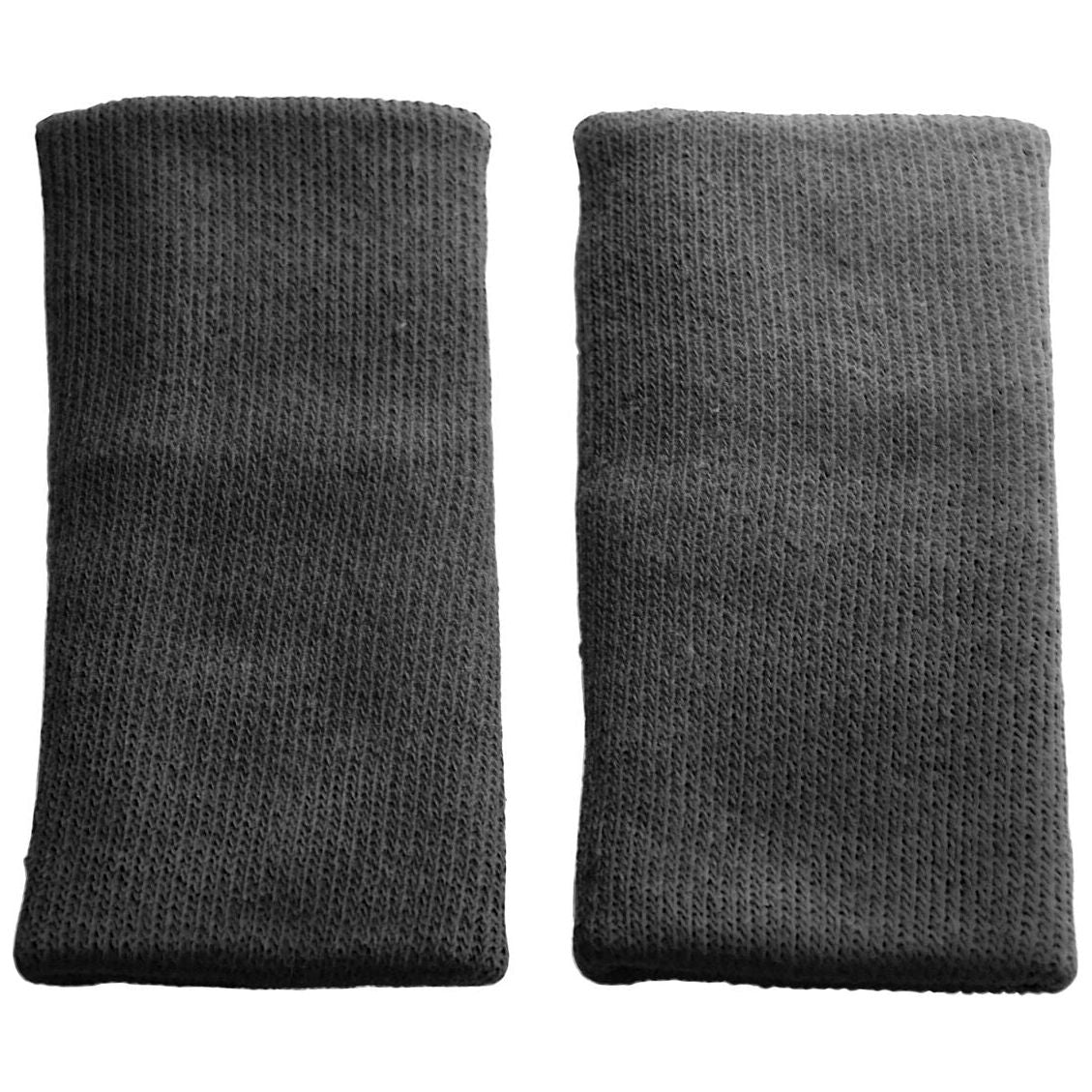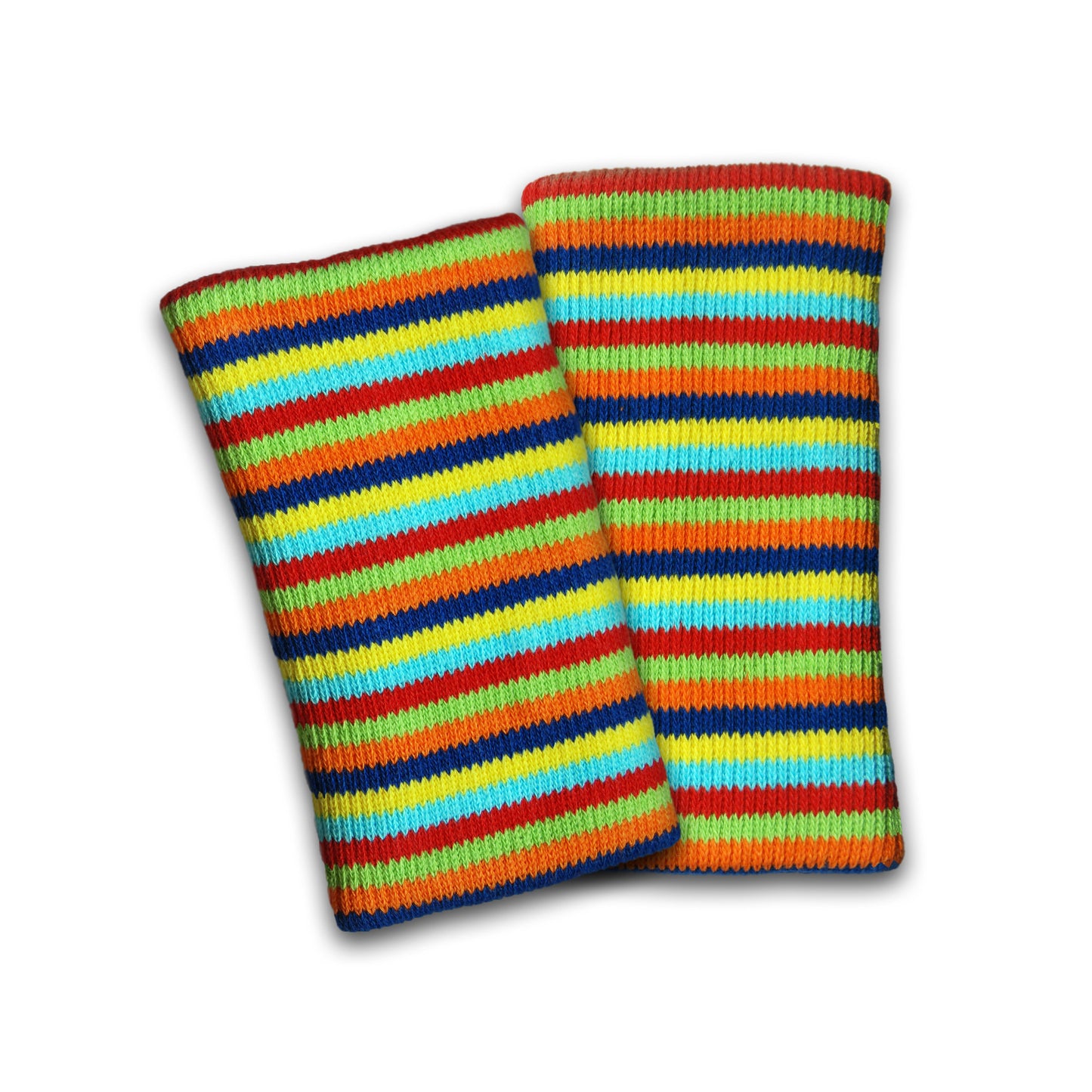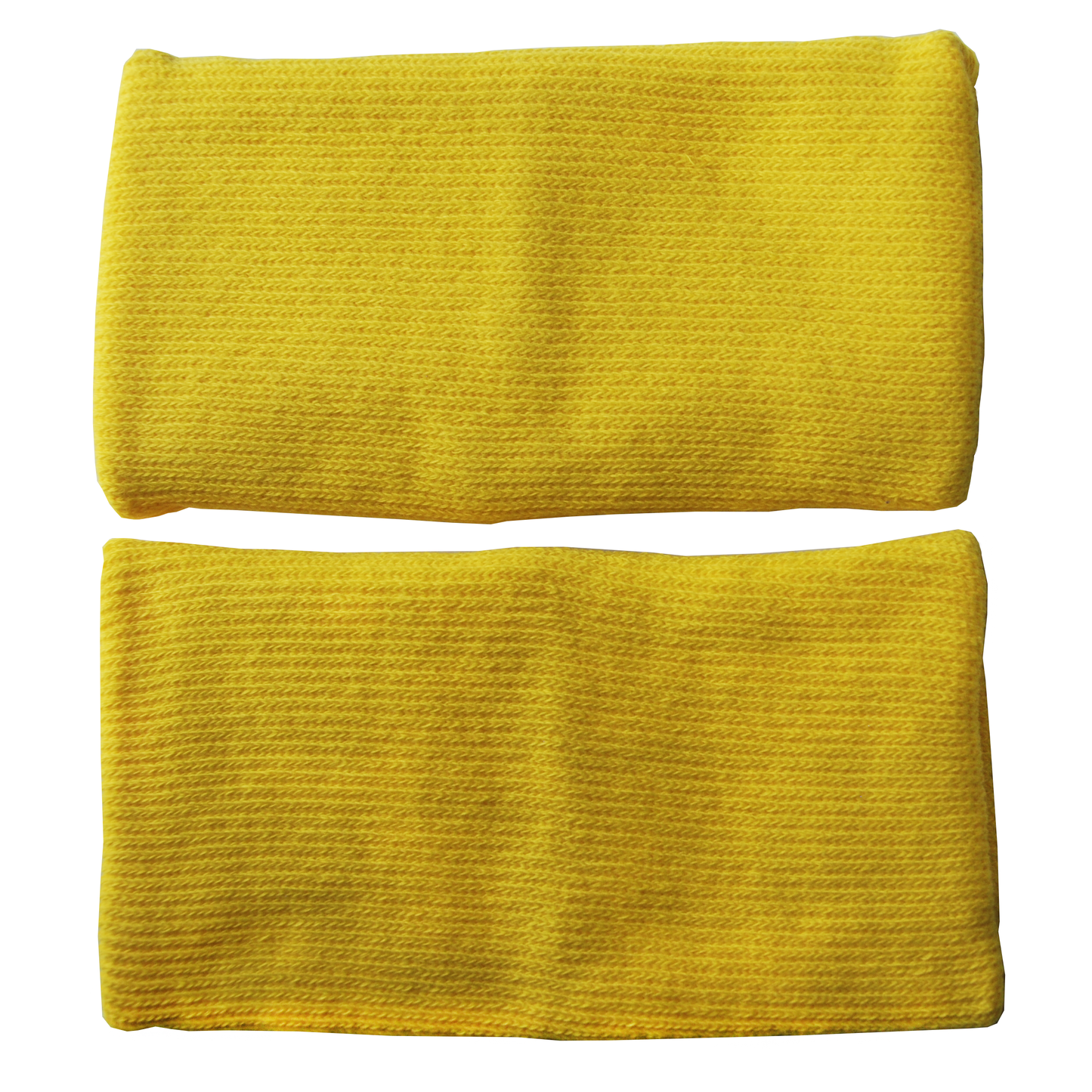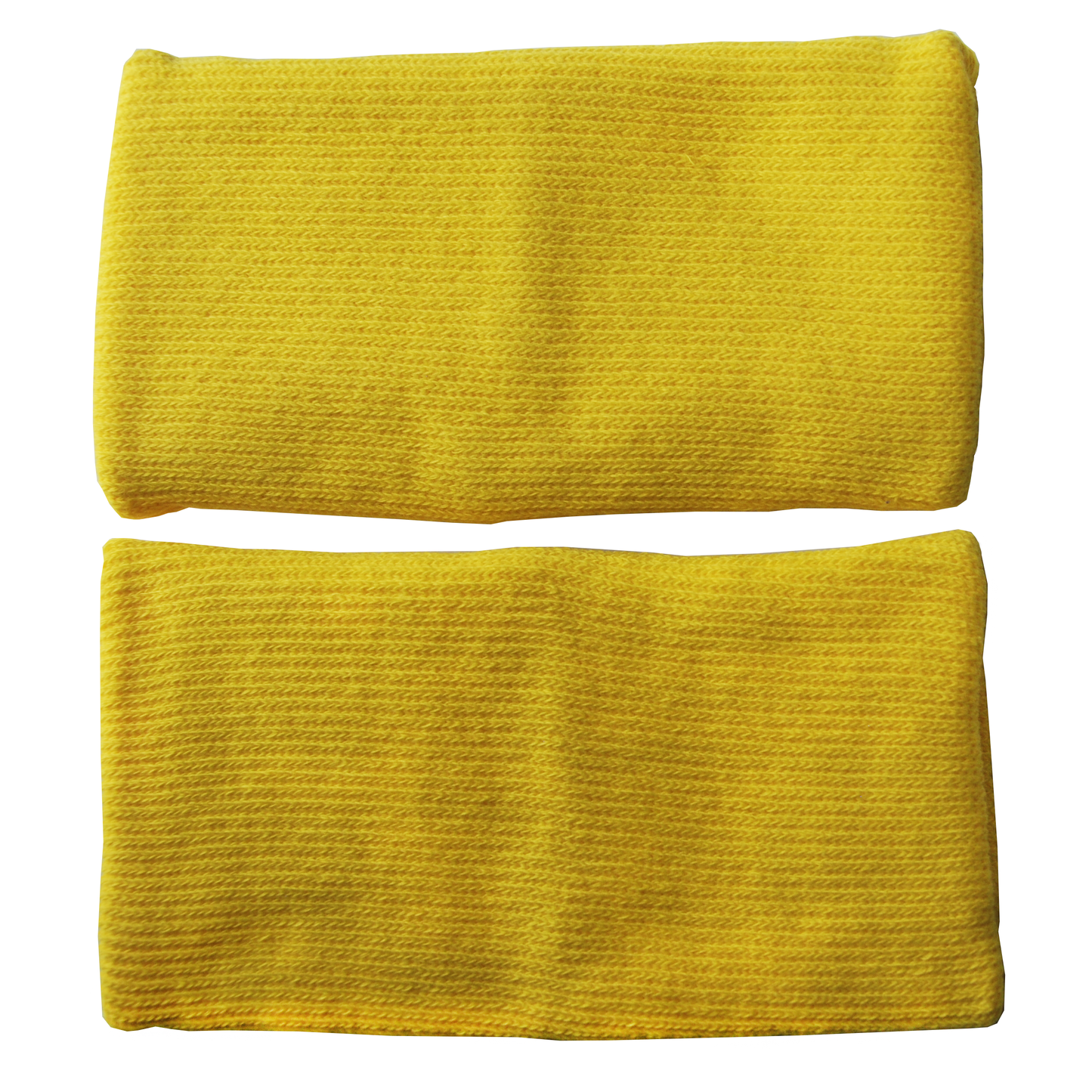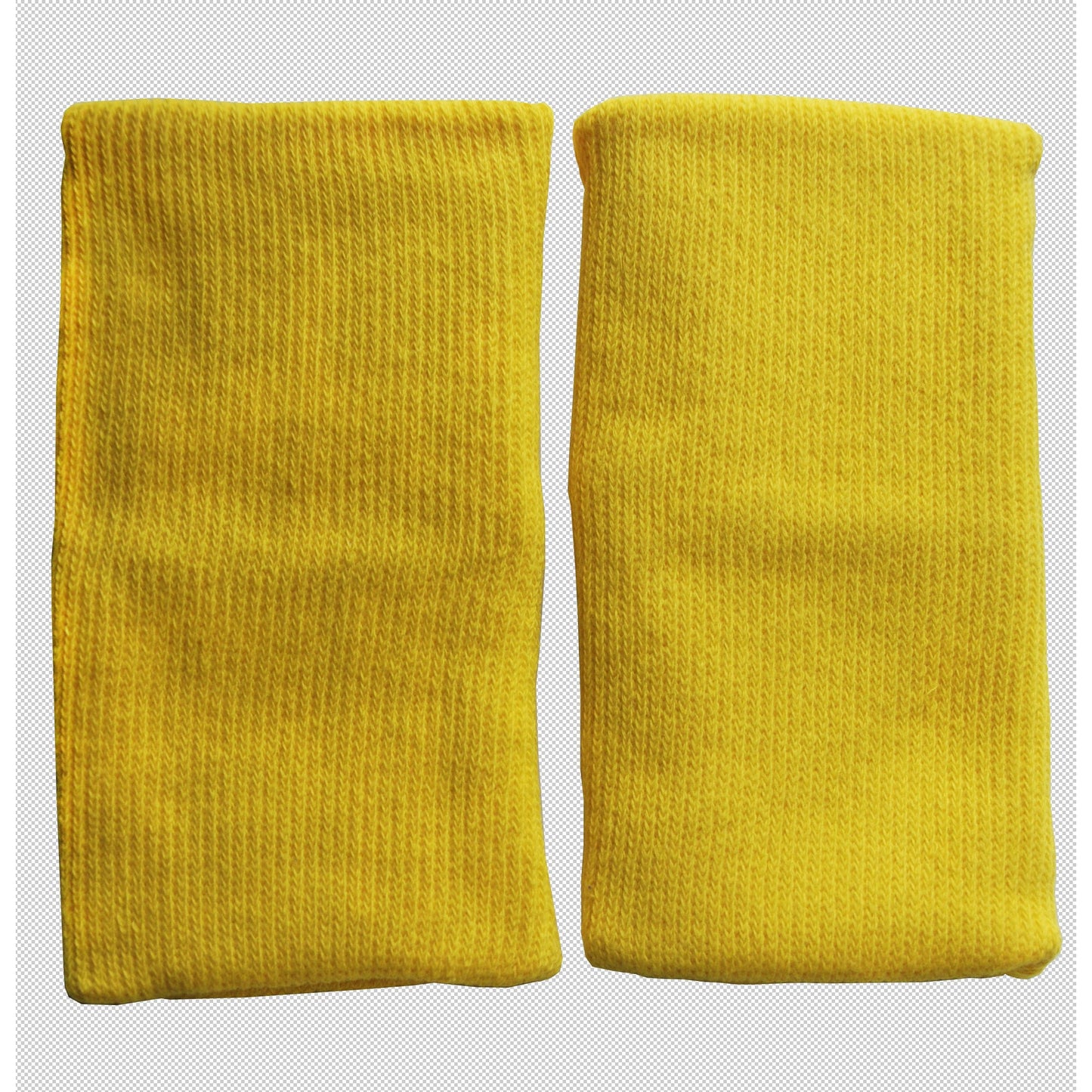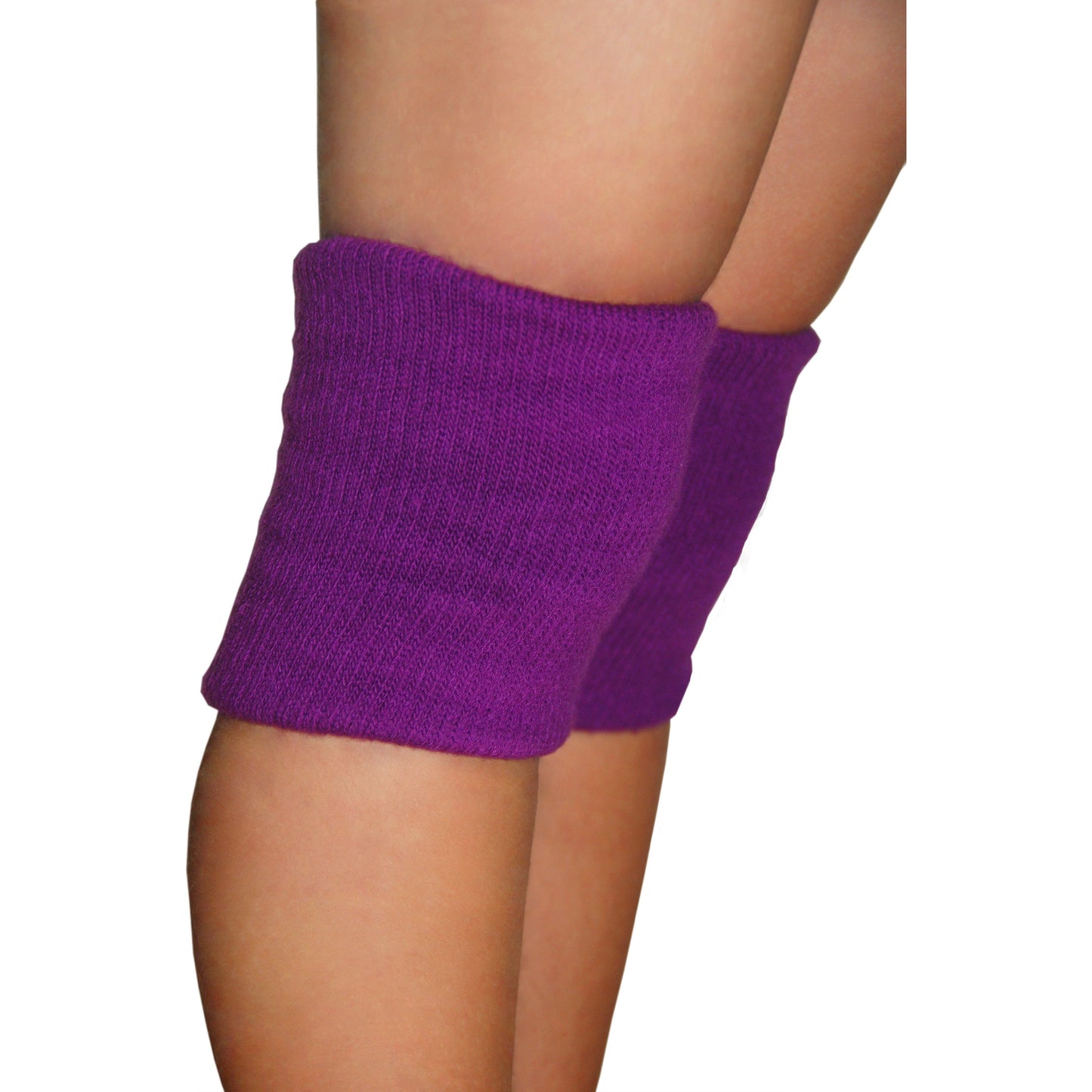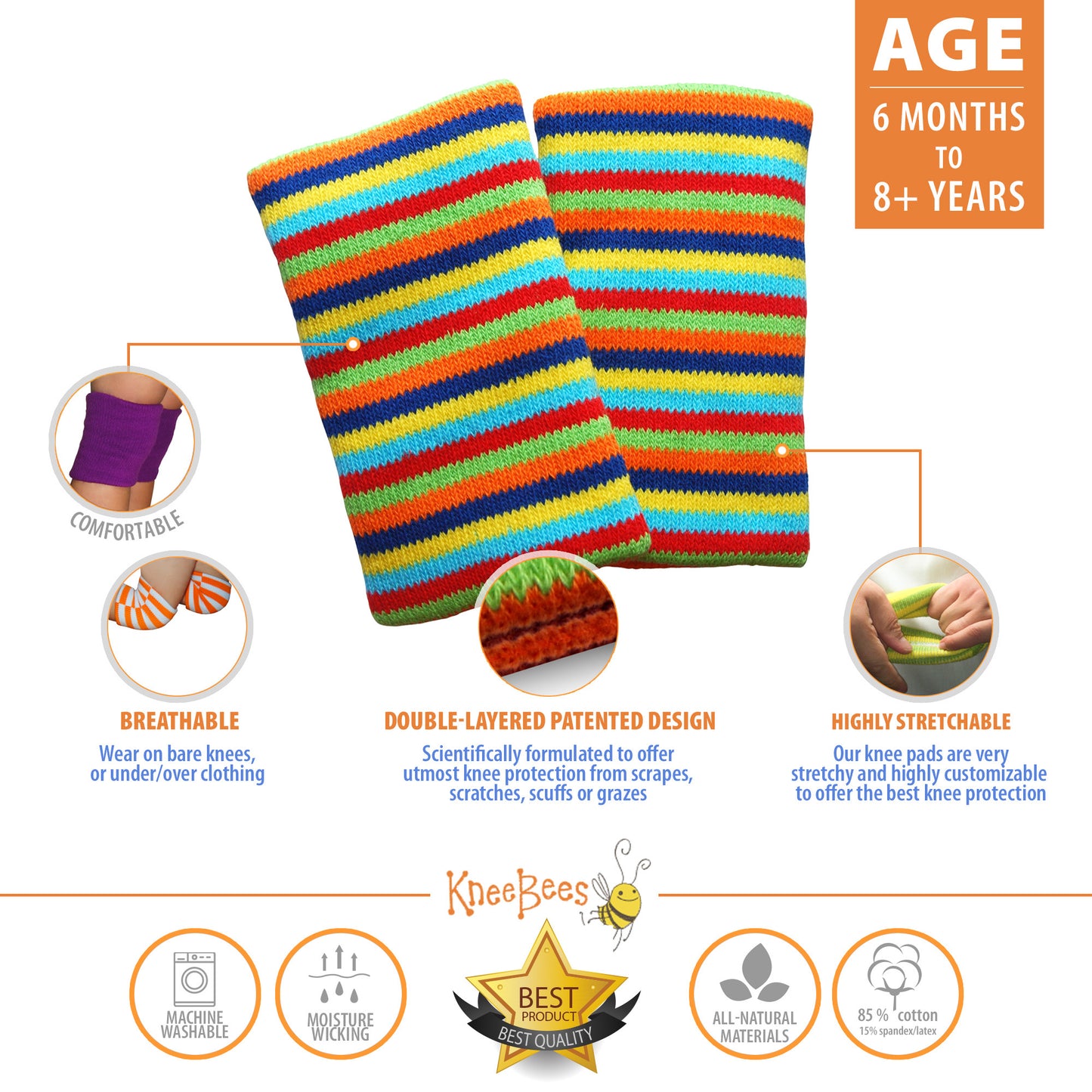As your little one reaches the crawling stage, their nutritional needs begin to evolve. Introducing solid foods is an exciting milestone in your baby's journey, as it opens up a world of flavors, textures, and essential nutrients. In this comprehensive guide, we'll explore the basics of introducing solid foods to your crawling baby. From recognizing the signs of readiness to building a balanced diet and navigating potential challenges and allergies, we'll provide you with the information you need to ensure a successful transition to solid foods.
1. Signs of Readiness for Solid Foods:
Recognizing when your baby is ready for solid foods is crucial. Look for physical and developmental signs such as being able to sit up with support, displaying an interest in food, and demonstrating good head and neck control. These signs indicate that your baby's digestive system is maturing and they are ready to explore new tastes and textures. It's important to wait until your baby is developmentally ready to ensure a positive introduction to solid foods.
2. Introducing First Foods:
When it comes to introducing solid foods, it's important to start with simple, single-ingredient purees. Begin with foods that are easily digestible and less likely to cause allergic reactions, such as pureed fruits and vegetables. Gradually introduce new foods, one at a time, and watch for any signs of allergies or intolerances. This allows you to identify any potential triggers and seek appropriate medical advice if needed. Remember, each baby is unique, so it's important to follow your baby's cues and adjust the pace of introducing new foods accordingly.
3. Building a Balanced Diet:
As your baby progresses in their solid food journey, it's important to offer a variety of nutrient-dense foods to support their growth and development. Incorporate different food groups such as fruits, vegetables, grains, proteins, and dairy or dairy alternatives. Aim to provide a rainbow of colors and textures to ensure a diverse nutrient intake. Offering a combination of homemade and commercially prepared options can provide both convenience and variety. Gradually increase the complexity of the food textures to encourage chewing and promote oral motor development.
4. Navigating Challenges and Allergies:
Introducing solid foods can come with its fair share of challenges. Your baby may experience food refusal, gagging, or messiness during mealtimes. It's important to stay patient and create a positive feeding environment. Allow your baby to explore and play with their food, as it helps them develop sensory skills and a healthy relationship with food. Additionally, be aware of common food allergies and sensitivities. Introduce allergenic foods early and safely, as recommended by experts, to reduce the risk of allergies later in life. Monitor your baby for any adverse reactions and consult with a healthcare professional if needed.
5. Establishing Healthy Eating Habits:
The crawling stage is an ideal time to establish healthy eating habits. Encourage self-feeding skills by offering age-appropriate finger foods and utensils. Allow your baby to participate in family meals and observe healthy eating behaviors. Offer a variety of healthy options and be patient as your baby explores different tastes and textures. Avoid pressuring your baby to eat and respect their appetite cues. This approach promotes a positive feeding relationship and helps prevent picky eating habits in the future.
Introducing solid foods to your crawling baby is an exciting and important phase in their nutritional journey. By recognizing the signs of readiness, gradually introducing a variety of foods, building a balanced diet, navigating challenges and allergies, and establishing healthy eating habits, you can set your baby up for a lifetime of nutritious choices and positive mealtime experiences. Embrace this new chapter, savor the messy moments, and watch with joy as your little one discovers the wonders of solid foods.



